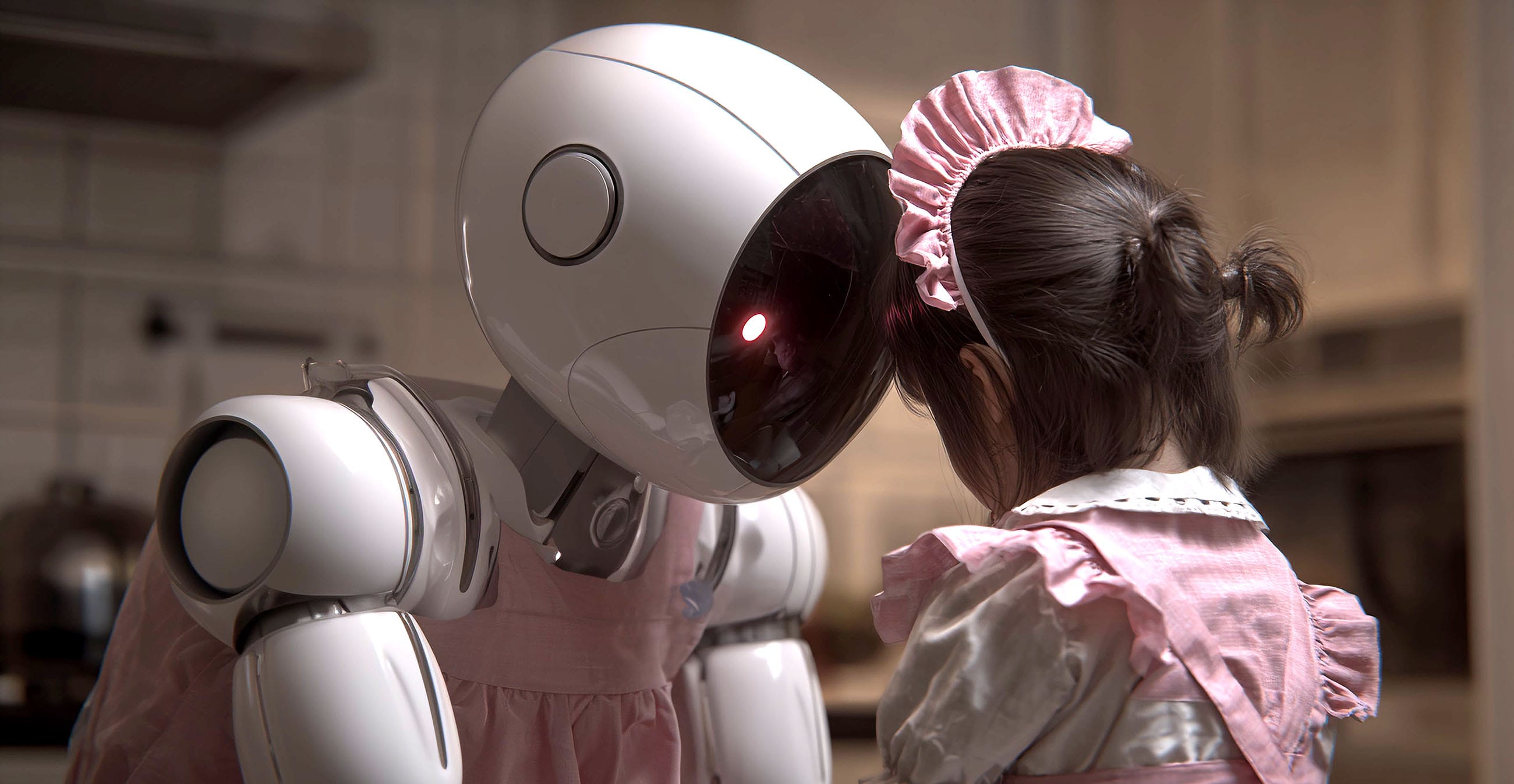https://quantumai.google
A New Benchmark in Quantum Computing
Willow isn't just another step in quantum computing; it's a quantum leap. With 105 qubits, this chip has demonstrated an ability to solve computational problems in minutes that would take classical supercomputers longer than the universe has existed. This isn't hyperbole; Google claims Willow completed a task in under five minutes that would take a supercomputer 10 septillion years to solve. To put that into perspective, 10 septillion years is a number so vast, it exceeds every known timescale in physics, dwarfing even the age of the universe itself.
The Quantum Error Correction Breakthrough
What makes Willow truly exceptional is not merely its computational speed but its mastery over one of quantum computing's most formidable challenges: error correction. Historically, as the number of qubits in a quantum system increases, so does the error rate, rendering larger systems less reliable. Willow, however, has flipped this narrative. Through a breakthrough in quantum error correction, Google has managed to achieve what they term "below threshold" performance. This means that with Willow, the addition of more qubits doesn't increase errors but instead reduces them exponentially, a feat likened to turning a cacophony into a symphony.
Implications Beyond the Lab
The implications of Willow extend far beyond the confines of Google's quantum labs. This chip could herald a new dawn for industries where computation speed and complexity are paramount:
| Medicine | Willow's capabilities could accelerate drug discovery by simulating molecular interactions at scales and speeds currently unattainable, potentially leading to breakthroughs in treatments for diseases that have long eluded us. |
| Energy | From optimizing battery chemistry to modeling nuclear fusion reactions, Willow could help solve some of the most pressing energy challenges, moving us closer to sustainable, clean energy solutions. |
| Artificial Intelligence | The chip could drastically enhance machine learning algorithms, allowing AI to tackle problems with a depth and complexity that today's technology can't even fathom. |





